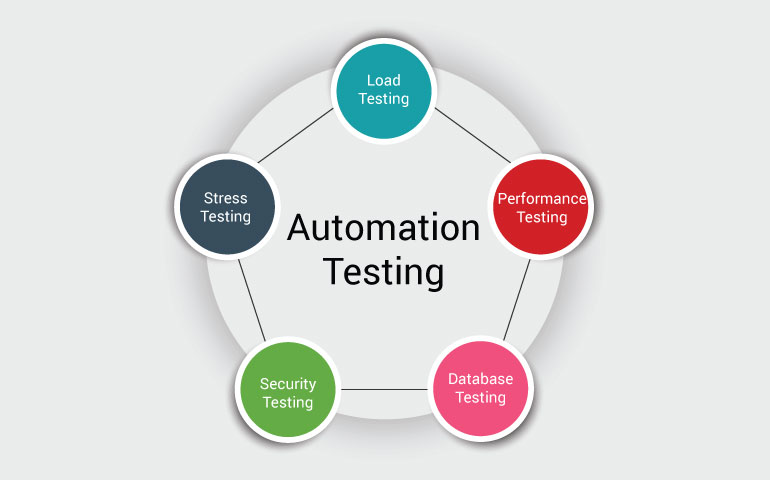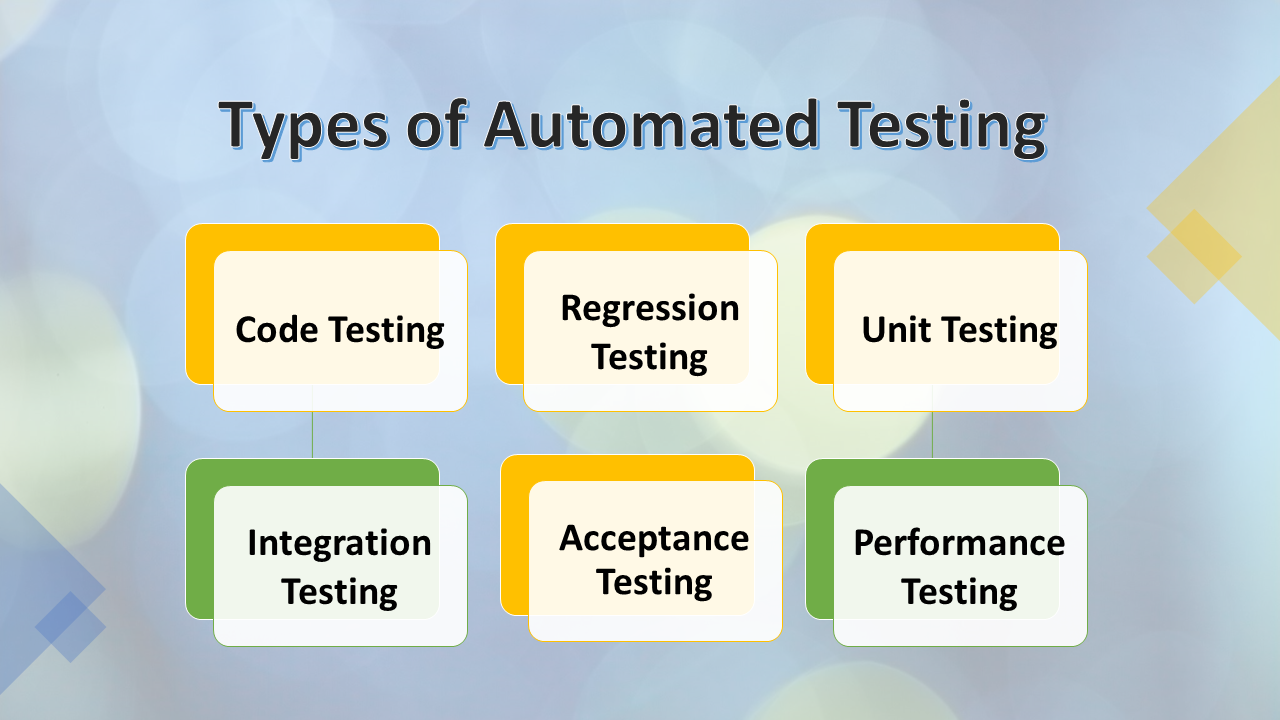From Manual to Automated Testing: A Comprehensive Guide to Transitioning Smoothly and Efficiently
In the realm of software screening, the change from handbook to automated processes has ended up being a progressively crucial shift for organizations seeking to improve effectiveness and accuracy in their testing practices. As technology remains to advance, the need for smooth and reliable automatic testing methods has actually never ever been a lot more pressing. The journey from guidebook to automated screening is not without its obstacles, yet when come close to tactically and with a clear plan in mind, the advantages can be significant - automation testing. In this detailed guide, we will discover vital actions and factors to consider necessary for a successful transition, from the first choice of tools to the integration of automation right into existing process. Stay tuned to discover the insights that will certainly assist pave the method for a smoother and much more effective screening process.
Advantages of Automated Evaluating
Automated screening provides countless advantages, improving efficiency and precision in software growth processes. One primary advantage is the substantial reduction in screening time. Automated examinations can be run simultaneously on several tools and operating systems, drastically accelerating the screening phase compared to hands-on screening. This increased effectiveness enables faster feedback on the high quality of the software program, enabling developers to determine and resolve issues immediately.
Additionally, automated testing ensures a greater degree of accuracy in spotting defects. Uniformity in testing is also boosted, as automated examinations carry out the same actions exactly each time they are run.
Selecting the Right Devices

Firstly, evaluate your objectives and requirements. Understand the scope of your project, the technologies entailed, and the ability collection of your group. This analysis will help you identify the features and capabilities you call for in your screening tools.
Second of all, take into consideration the compatibility of the devices with your existing procedures and systems. Seamless integration with your current software program growth lifecycle is vital to make certain a smooth shift to automation.
Furthermore, assess the scalability and flexibility of the devices. As your testing needs advance, the tools ought to have the ability to adjust and accommodate changes effectively.
Lastly, aspect in the assistance and neighborhood around the tools. When executing automated screening, robust assistance and an active user community can provide useful resources and help. By thoroughly thinking about these facets, you can choose the right devices that line up with your needs and set the phase for a successful change to automated testing.
Writing Efficient Examination Scripts

When crafting examination scripts, it is vital to consider the details demands of the software being checked and guarantee that the manuscripts deal with all critical performances. Clear and detailed calling conventions for test manuscripts and examination situations can boost readability and maintainability. Furthermore, including error handling devices within the test scripts can aid in identifying and resolving problems without delay.
Additionally, arranging examination scripts into modular parts can improve reusability and scalability, minimizing redundancy and boosting efficiency in examination manuscript maintenance. Routine testimonials and updates to evaluate manuscripts are crucial to keep speed with evolving software application demands and capabilities. By following these principles, testers can produce durable and reliable examination manuscripts that add considerably to the success of automated testing processes.
Integrating Automation Into Workflows
By effortlessly integrating automated screening tools like Selenium or Appium right into the software application growth lifecycle, teams can attain faster comments on code changes, leading to quicker insect detection and resolution. This combination allows for continual testing throughout the growth process, making certain that any type of issues are identified early on, resulting in greater software application top quality. Correct integration of automation tools calls for cooperation between advancement, testing, and procedures groups to establish a unified process that maximizes efficiency and effectiveness in about his supplying top notch software items.
Making Certain a Smooth Change
Successfully transitioning to automated testing involves thorough planning and cautious implementation to minimize interruptions and take full advantage of performance in the software growth procedure - automation testing. To ensure a smooth shift, it is necessary to begin by performing a comprehensive evaluation of the present screening procedures and recognizing locations where automation can bring one of the most substantial advantages. Engaging with all stakeholders beforehand in the process, including designers, testers, and job supervisors, is vital for amassing assistance and buy-in for the automation campaign
Interaction is vital throughout this change stage. Clear communication of the goals, benefits, and assumptions of automated screening aids to take care of any kind of resistance or worries that might develop. Furthermore, supplying appropriate training and resources for team members to upskill in automation devices and strategies is essential for making certain an effective shift.

Conclusion
To conclude, transitioning from guidebook to automated screening supplies various benefits, including boosted performance and integrity. By picking the appropriate tools, writing effective test scripts, and integrating automation perfectly right into process, companies can make certain a smooth and successful change. It is important to embrace automation as an important asset in software testing processes to improve total top quality and performance.
In the world of software program screening, the shift from this page manual to automated processes has actually come to be a significantly essential change for companies seeking to enhance performance and precision in their screening methods. Automated tests can be run simultaneously on numerous tools and operating systems, considerably speeding up the screening stage contrasted to manual screening. Uniformity in testing is also boosted, as automated tests implement the exact same steps precisely each time they are run.To make certain the effective implementation of selected screening devices, the development of efficient examination scripts plays a crucial role in verifying the functionality and efficiency of automated processes - automation testing. By following these concepts, testers can create this website reliable and robust examination scripts that add dramatically to the success of automated testing procedures